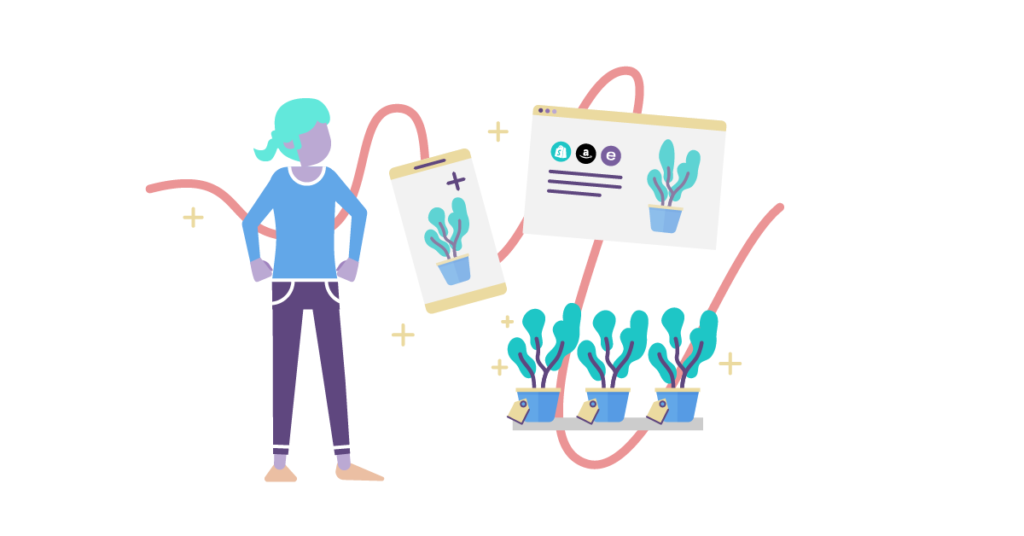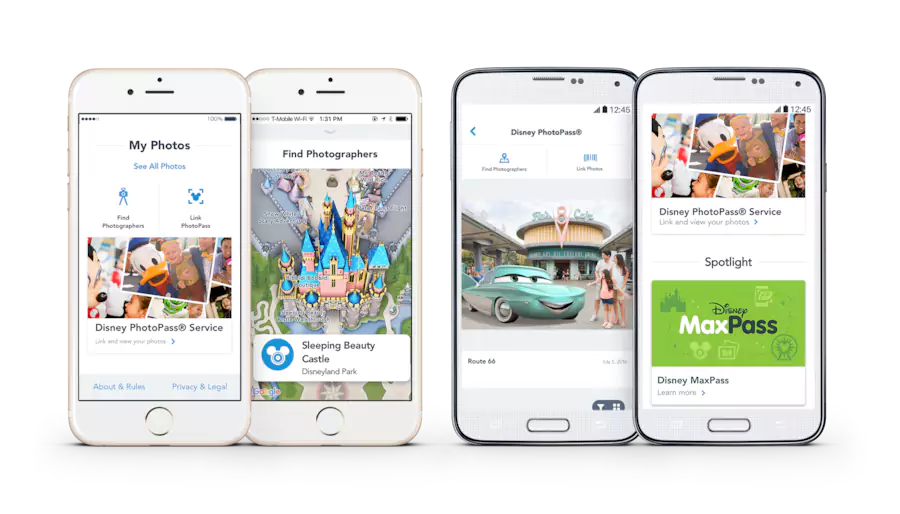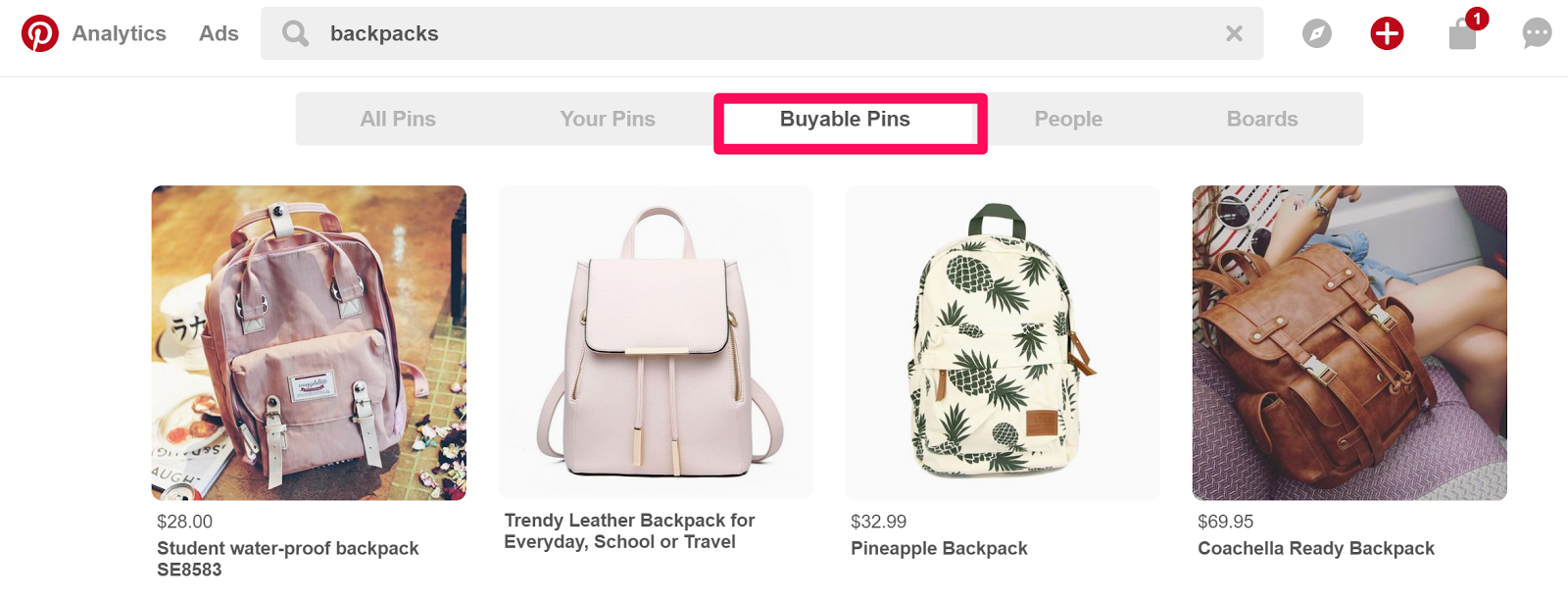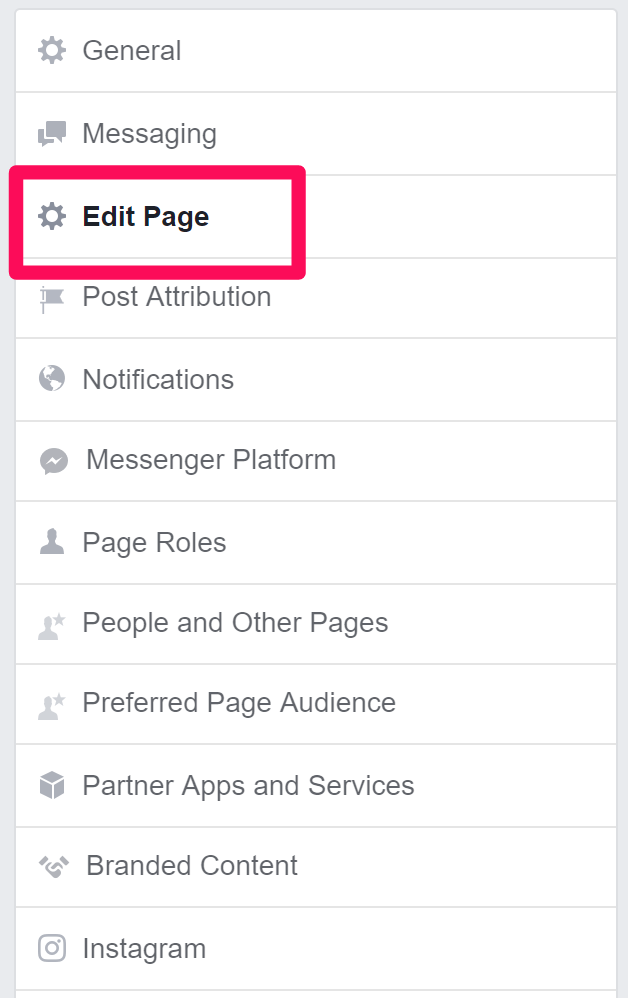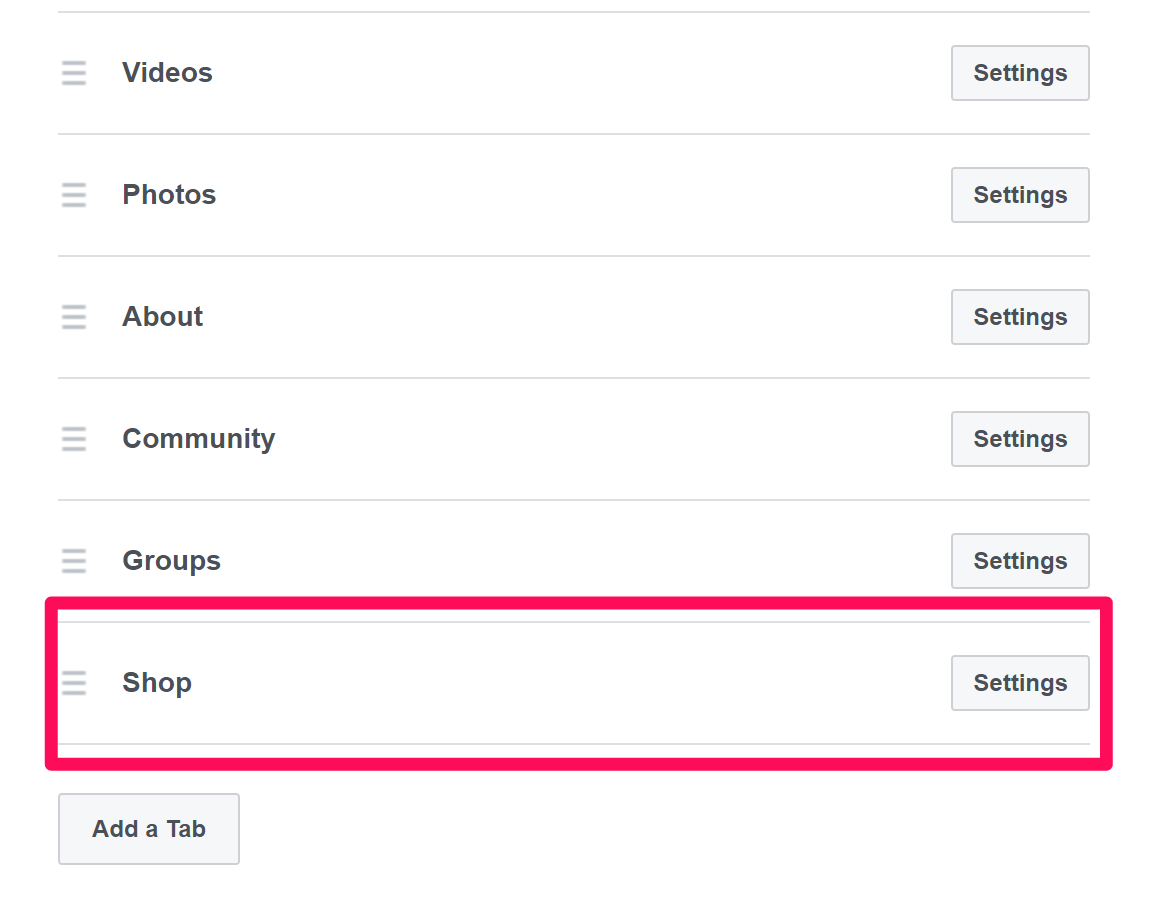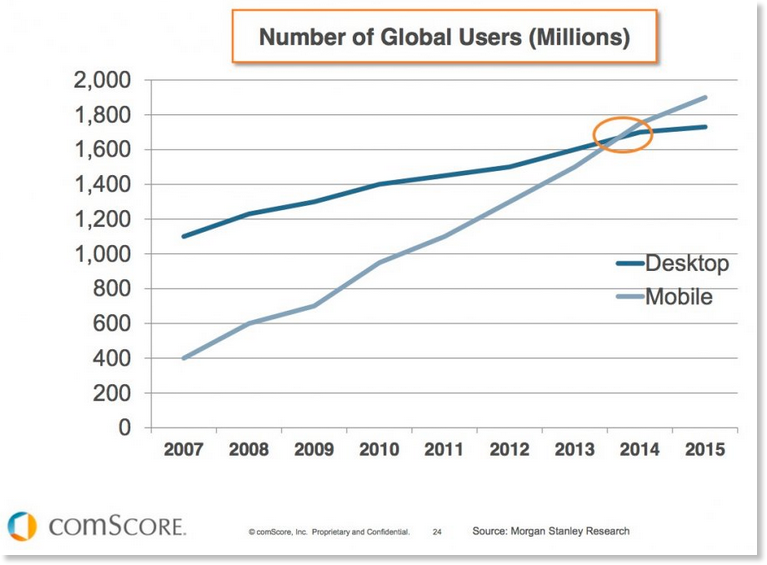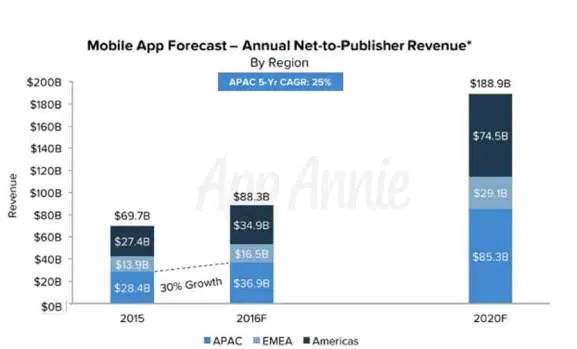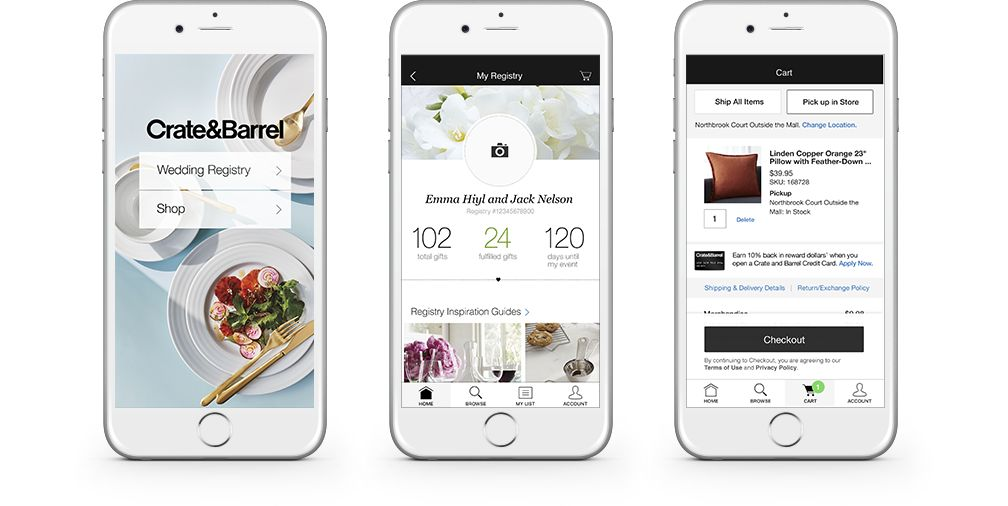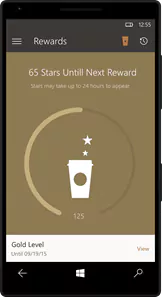Creating a seamless customer journey is the key to generating recurring sales. Making every touchpoint and every user experience flawless. First, they land on your website. Next, they shop in the store. And finally, check out on a mobile app. Omnichannel strategies have the power to create memorable, lasting experiences for consumers. And the better the experience, the higher chance you have of landing higher lifetime value customers. But that’s easier said than done.
Omnichannel is a new type of strategy that is tough to implement. Most often it gets confused with multi-channel, which is a vastly different strategy.
Thankfully, there are a few companies that are already leading the charge in omnichannel eCommerce.
Today we’ll dive deep into these strategies and analyze how you can replicate them.
Here are three ideas to create your perfect customer journey with an omnichannel strategy.
What a perfect omnichannel eCommerce strategy looks like
So, what does the perfect omnichannel strategy look like?
What even is omnichannel?
Let’s dive into some basic definitions to get you more familiar with successful omnichannel experiences happening right now.
According to BigCommerce, omnichannel strategies focus on designing a cohesive, integrated user experience for a customer at any given touchpoint. This is vastly different from a traditional multi-channel approach where you optimize individual channels as their own entity. Instead, you want every touchpoint to be a well-rounded step in the user experience.
For example, Amazon’s recent acquisition of Whole Foods was a perfect display of omnichannel adaptation to create a deeply connected customer journey.
Square summarized this key distinction in their own definition:
“Meeting people on the channels where they are shopping and buying, whether it’s in a physical store or an online store or on social media, and connecting the dots between those channels.”
Connecting the dots between these platforms is the key factor in a successful omnichannel strategy.
For example, can someone shop in your brick-and-mortar store, use an in-store tablet to see design styles, add those products to their cart and purchase later at home?
Omnichannel strategies succeed when each touchpoint is capable of delivering a connected customer experience. Your end goal shouldn’t be to drive sales to one platform. It should focus on being able to drive sales no matter what touchpoint the user is on.
With that being said, what does a perfect omnichannel strategy look like?
One of my favorite examples of omnichannel success is Disney.
Disney is the shining star in the omnichannel world. They’ve virtually perfected the user experience to be seamless from start to finish. In the old days, you’d just buy a ticket at the park and enjoy the experience. Now, you buy your tickets ahead of time online. Next, you download the mobile app to scout plans, consume content and prepare for the trip. When you’re physically at the park, you use the app to find Disney characters on a live interactive map. You use it to see wait times for your favorite rides. Then you head to a shop at the park and get your picture taken with Mickey. Later you get home and download it on your desktop.
The key here is that every single touchpoint is deeply connected.
A user can buy products anywhere at any time, and it all carries over to the next experience. It goes beyond simply having a presence on different channels. Instead, it’s an active connection between them all, with each touchpoint improving the user experience.
As Google says, omnichannel strategies find success when they are focused on enabling customers to convert on any channel.
Brian Solis touches on this point too, saying that experiences are becoming more important than products.
Disney is a prime example of a user experience based omnichannel strategy in action.
Here are a few ideas to create the perfect customer journey with an omnichannel strategy.
1. Make every touchpoint a shopping haven
One of the most common aspects of a successful omnichannel strategy for perfecting the customer journey is making each touchpoint shoppable.
With Disney, you can buy anywhere:
Theme parks, Disney stores, mobile app, online.
The best omnichannel strategies know that enabling sales on each channel is huge. Thankfully, with updates in social media, you can make every channel a shopping destination. Even without spending money.
To get started, take a look at the existing channels where your business is most active. Do you have various social media platforms?
If you use platforms like Pinterest and Facebook, you can enable online sales on each to make a seamless customer journey.
For example, let’s say you’re selling backpacks. More than likely, people will be checking out your social media. They’ll find your Facebook page and browse your photos. Next, they’ll head to Pinterest to get some style ideas. But then they get tired and bored. They didn’t have anywhere to convert and didn’t end up making it back to your site.
This is an all too common scenario that can be fixed by turning each channel into a shopping haven.
Both Facebook and Pinterest have large average order values, too:
Meaning they are amazing platforms to enable online shopping.
To get started, you can enable buyable pins on Pinterest.
Buyable pins are a great evolution for omnichannel eCommerce.
When you head to Pinterest and explore product ideas, you can see which ones are buyable directly within Pinterest:
Clicking on any of the results will pull up the product and allow you to add it to your bag.
You can even check out directly on Pinterest for a seamless experience:
Now a user doesn’t have to browse on Pinterest only to search over and over again for the actual product on your site. Instead, they’ll find a perfectly integrated customer journey directly on Pinterest.
Right now you can set up these pins with Shopify, BigCommerce, and Salesforce:
Each has their own setup guide that you can access above. When setting up your buyable pins, always make sure to enable the checkout on Pinterest feature. If you want to give your customers a true omnichannel customer journey, this is key.
Reducing friction and steps can help you give a seamless experience and drive more conversions.
You can do the same exact thing on Facebook, too.
Simply head to your business page on Facebook and navigate to the settings page under “Edit Page:”
From here, make sure that your online shop is enabled on your page:
Next, make sure to enable “Check Out on Facebook” to provide the deep integration that omnichannel requires:
Google’s studies found one critical element when it comes to omnichannel strategies and perfecting the customer journey:
Making each and every touchpoint shoppable.
Allowing any platform to convert.
Start implementing online stores on all of the social platforms where your business exists.
2. Harness the power of mobile apps
Mobile has already surpassed desktop in terms of online internet usage worldwide.
On top of that, the worldwide mobile app market is expected to grow 270% to $189 billion by 2020.
It’s safe to say that more people are using and enjoying mobile experiences than ever before. And mobile apps play a massive role in how we interact with the world on a daily basis. Whether it’s social media apps or specific brand applications, we all use them. And some of the best companies are using them to perfect the customer journey and enhance their omnichannel eCommerce strategy.
For example, Crate and Barrel is revolutionizing their omnichannel strategy with mobile apps.
Now you can scan gift registry items in the store with your mobile device:
These gifts then get imported straight into your online account. Friends and family can tap into the account, purchasing online or in store, too.
The user experience has never been better.
Each touchpoint is interconnected to create a seamless journey from in-store registry to mobile app scanning and final purchasing.
Starbucks is also dominating the omnichannel sphere with their mobile app, allowing users to collect stars for physical, in-store purchases.
The customer journey is now flawless, allowing users to add money back to their mobile app and use it in store, seeing direct rewards from those purchases.
Now Starbucks can generate sales and build high lifetime value customers even when they don’t visit physical stores.
If you want to create a better customer experience, mobile apps are becoming the bread and butter.
Using a tool like BuildFire can help you create a mobile app for your eCommerce business without breaking the bank.
Plus, you don’t need to know any coding to get started.
If you decide to develop an app, make sure you tap into these key factors:
- Your application needs to be integrated with your business. I.e., it has to be a shoppable touchpoint.
- Your application should serve to further improve the user journey beyond just sales. Provide valuable content and experiences within the app.
Mobile apps are dominating the online world.
And omnichannel eCommerce is all about reaching users anywhere they may be.
Consider developing an app to aid in the customer journey and acquisition process for your business.
3. Exist on multiple marketplaces
BigCommerce defines omnichannel strategy as selling on multiple online channels, wherever consumers are already spending their time.
And if we know one thing, it’s this:
Amazon is the place to be.
According to Statista, Amazon’s net sales in 2016 were 136 billion dollars. On top of that, they were the most popular online store in 2016.
Amazon simply dominates the eCommerce marketplace:
But that’s not all:
According to CNBC, roughly 55% of consumers start their online shopping journey on Amazon.
More than half of users are ditching the traditional search engine for Amazon.
Why?
Because Amazon carries almost anything you can imagine and allows you to view related products too. But more importantly, this data is critical for an omnichannel strategy that matches the customer journey. Knowing that the majority of people are starting their customer journey on Amazon, that should signal one thing:
The need to be present on that channel.
The whole goal of omnichannel eCommerce is to be integrated everywhere and anywhere your customers exist. That includes a third party marketplace like Amazon. Especially considering how many consumers use it to start their journey.
Sellers are finding big success on Amazon, too.
One seller found a strategy to drive $5,000 in sales for every hour spent on the platform.
Simply getting your product on Amazon gives you more chances to drive sales and increase brand awareness.
The brand awareness alone will help drive more traffic to your site, bringing the customer journey full circle.
To get started selling on Amazon, follow their online setup process that will integrate with your current shipping and ordering processes.
Creating a great customer journey is all about reaching the customer at each point of their experience.
Users don’t always buy on the first visit.
And most of those first visits occur directly on Amazon.
Be sure to get your brand and product in front of your users to bring your customer journey full circle.
Now it’s your turn
Omnichannel eCommerce has huge potential. Users are craving better experiences both online and offline, at each and every touchpoint. Buying should be a process where the user interacts with the brand in ways we’ve never imagined. Implement these three omnichannel strategies to give your customers the experience they desire.
Follow in the footsteps of major brands like Disney and Crate and Barrel by making every touchpoint a shopping haven.
Harness the power of mobile apps to give users a seamless experience from brick-and-mortar to online purchasing.
Make sure your products exist on any shopping destination online.
Marketplaces like Amazon dominate the online retail landscape, and perfect customer journeys often involve an Amazon search.
Now it’s your turn.
Put all of these together to give your users an integrated customer experience.
